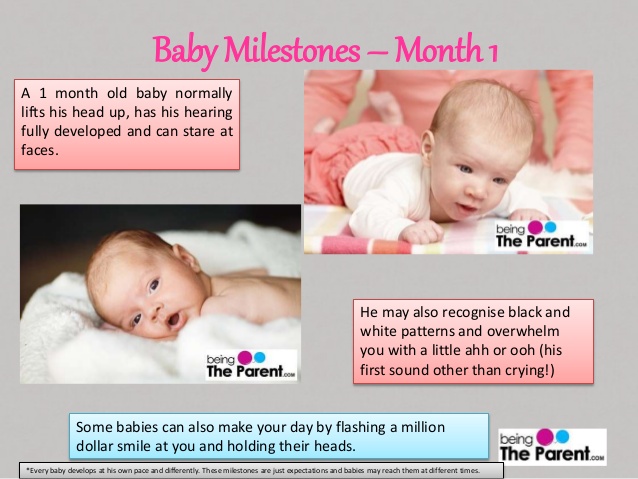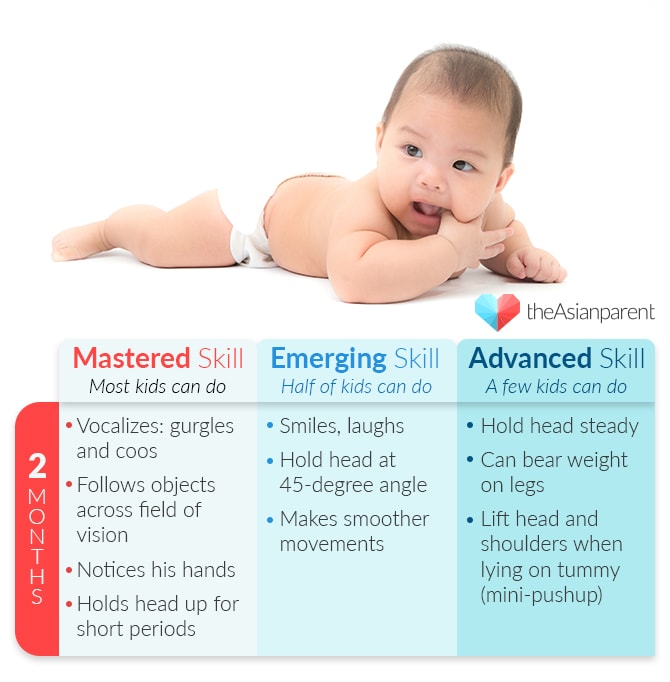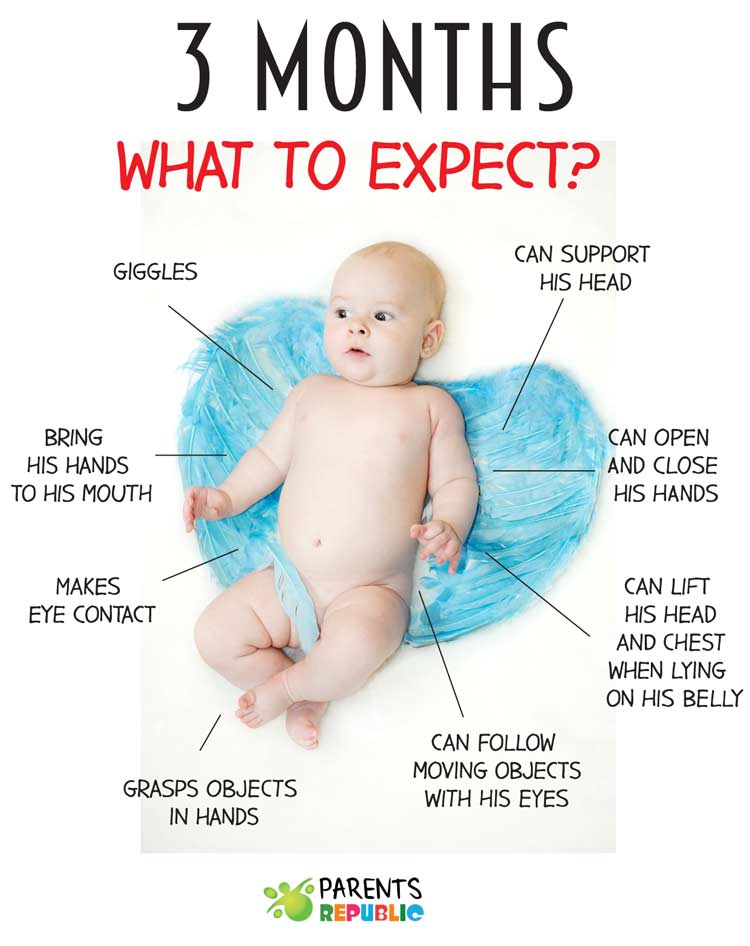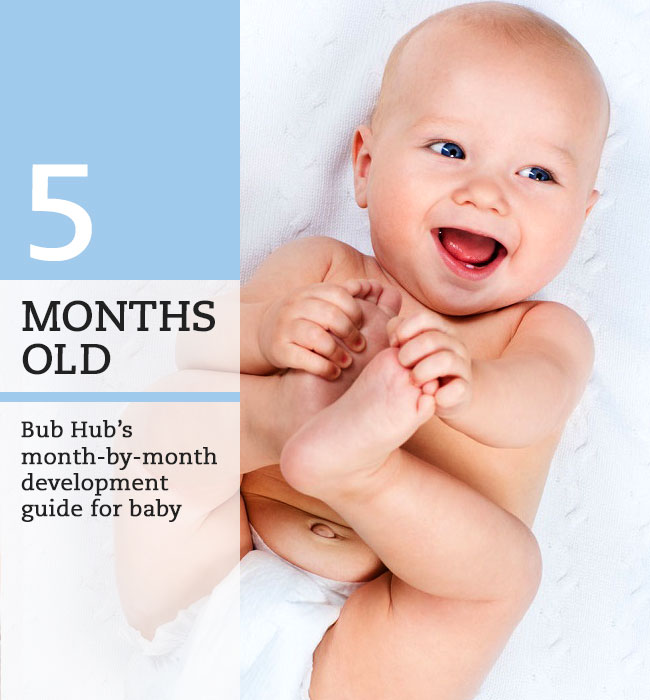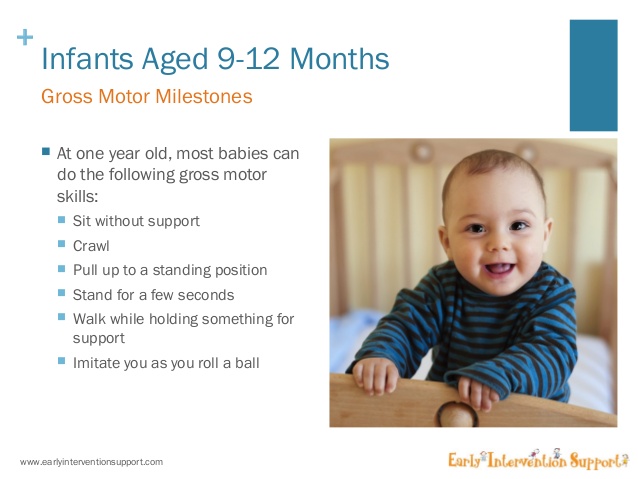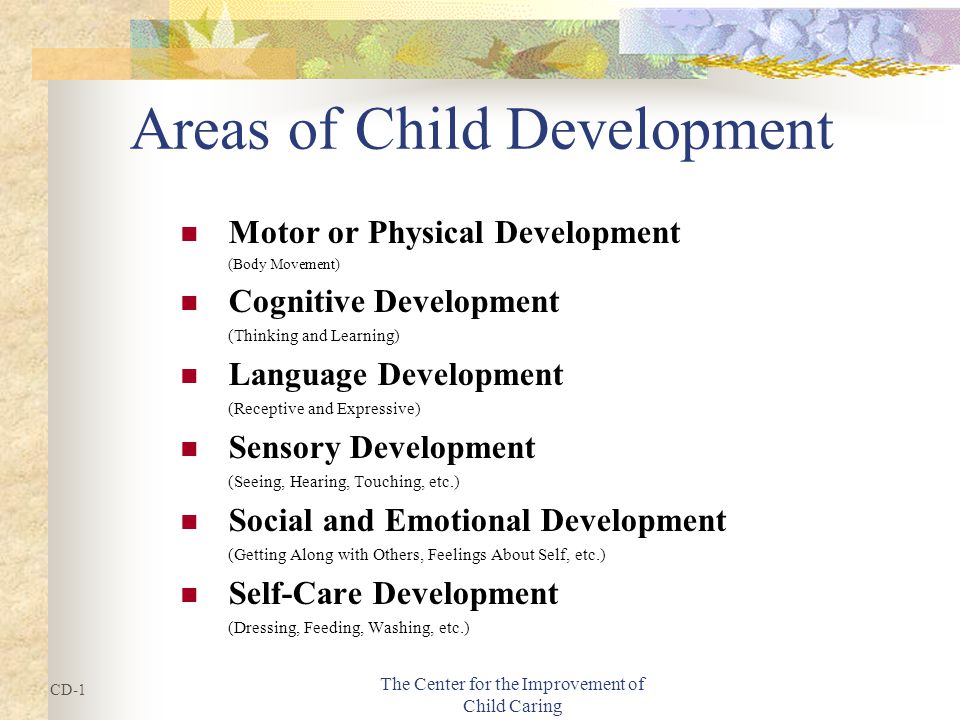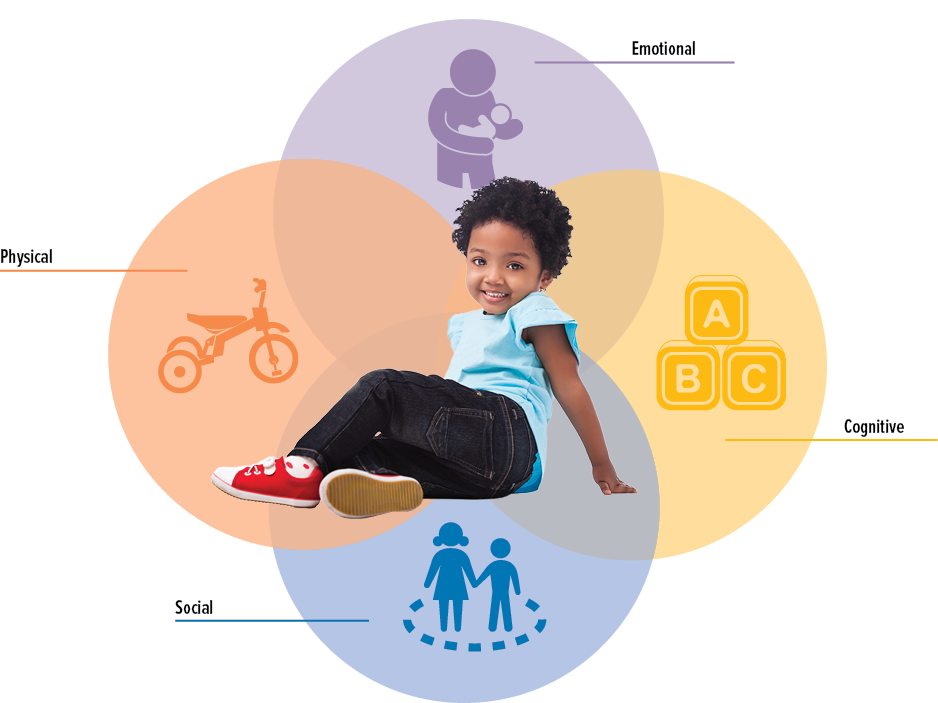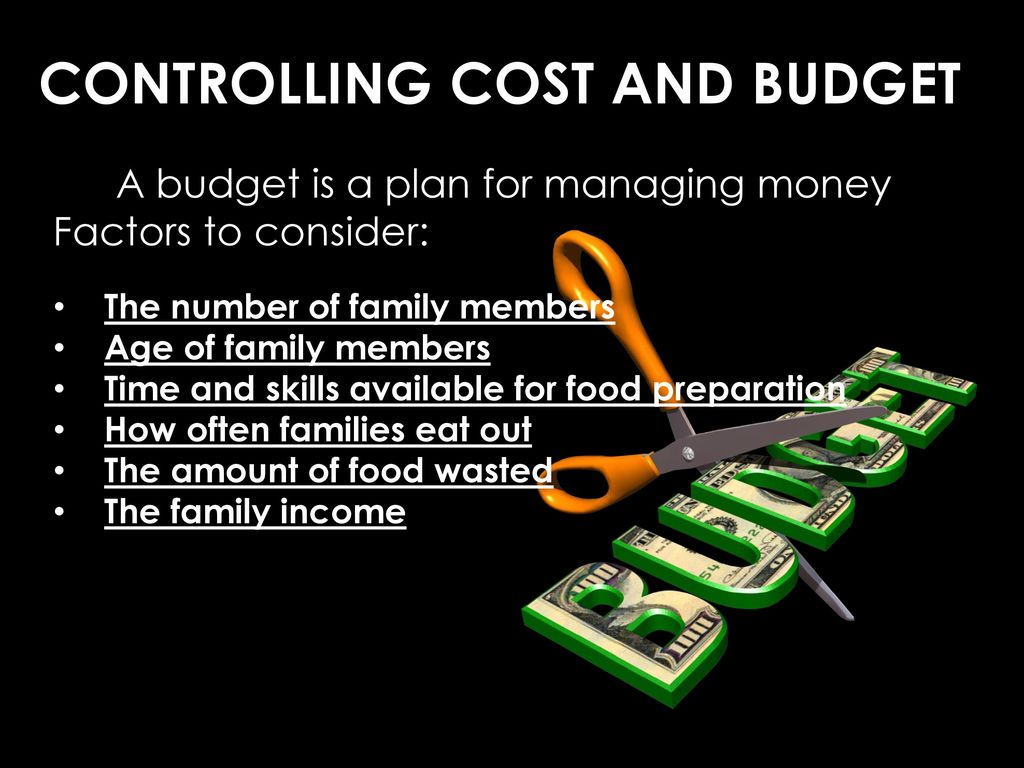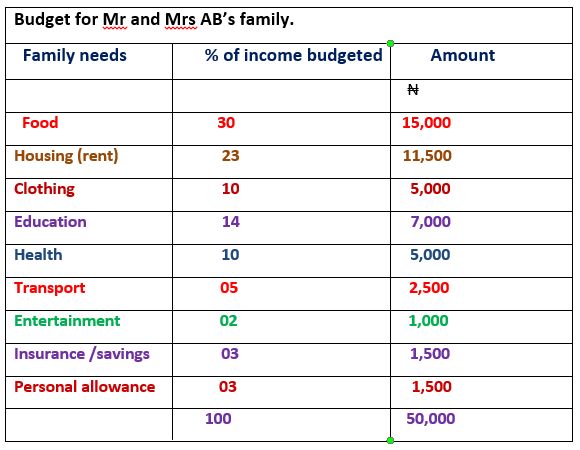LESSON 23
TOPIC:
CHILD CARE.
1. Different types of care required by a child.
2. Common childhood ailments and Immunization.
DIFFERENT TYPES OF CARE REQUIRED BY A CHILD.
The care given to a baby influences his/her development. A baby, needs love, warmth, food, clothing etc.
GOOD NUTRITION
The child needs good food that can promote growth and development. A baby can be fed by the use of feeding either by the breast or bottle. The breast milk is the best. Suitable semi- solid foods (cereals) are introduced as baby grows.
Breast feeding (natural feeding)
This can be started immediately after birth. A baby can be fed exclusively on breast milk from birth to six months.
 Colostrums
Colostrums
Colostrums is the first milk produced in the first few days by a nursing mother. Yellowish in colour, it helps to clear the baby’s first sticky stool called
meconium.
Advantages of breast feeding
1. Breast milk contains all the nutrients needed by a baby more than any other food.
2. It contains antibodies which protect the child against disease infection.
3. It is sterile and free from disease germs.
4. It prevents constipation.
5. It is cheaper than artificial feeding.
6. It brings mother and child very close.
7. It is produced in the right temperature.
8. It is easily digested and absorbed by the baby.
9. It does not require any elaborate preparation.
10. Breast–feeding helps some mothers to protect themselves against another pregnancy
Guidelines for breast feeding
The mother has to:
1. Wash her hands and clean her breast before feeding the baby.
2. Sit comfortably and carry the baby close to herself.
3. Hold the breast properly and away from the baby’s nose.
4. Let the baby feed at both breasts, one at a time.
5. Wind the baby at the end of the feeding.
6. Clean nipples brassiere always.
 Weaning
Weaning is the process of introducing the baby gradually to foods other than milk. Suitable weaning foods are cereals, root, fruit juice/drink, peas and beans, animal source (egg, fish, milk etc), vegetables.
Artificial or bottle feeding
This is the process of feeding a baby with artificial milk, often through the feeding bottle.
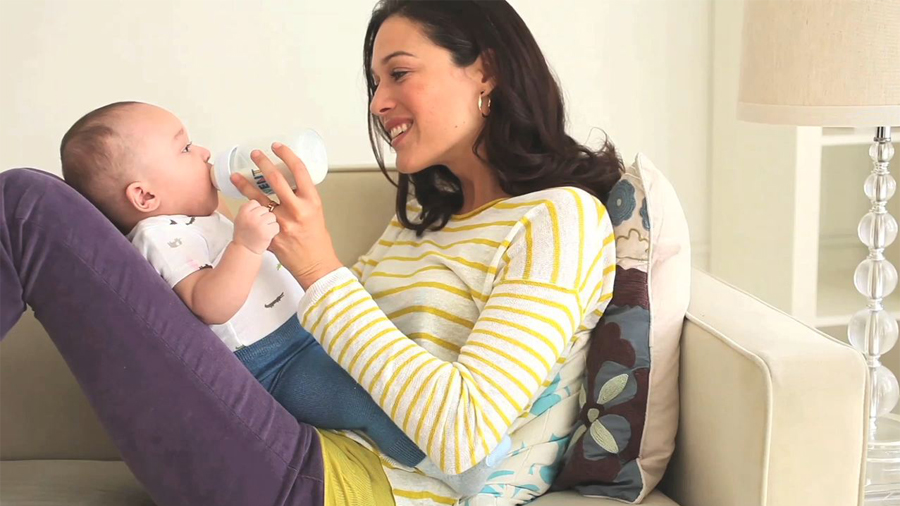 Disadvantages of bottle-feeding
Disadvantages of bottle-feeding
1. It is expensive.
2. The milk can be contaminated by disease germs.
3. Constipation is common with bottle-fed babies.
4. It does not contain antibodies.
5. It requires elaborate preparation and sterilization unit
Bathing the baby
The baby’s skin is delicate. It should not be allowed to get dirty.
Materials needed for baby’s bath.
1. Baby’s bath tub
2. Large soft for covering
3. Small towel for drying the baby’s skin.
4. Face towel
5. Soft sponge
6. Baby’s comb and brush
7. Baby’s oil, cream or lotion and powder.
8. Clean clothes for dressing baby after bath.
 Clothing the baby
Clothing the baby
The baby requires good clothes for protection, warmth, comfort and good appearance. The clothes should be attractive, flat seams should be used. Selection should be on the basis of the weather conditions.
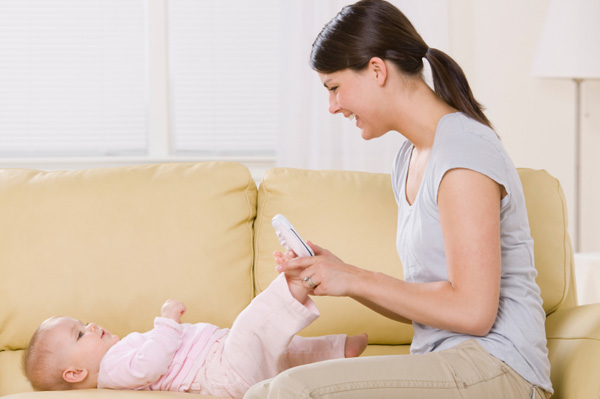 Toys for children
Toys for children
A young baby needs only very few toys like rattles. As he/she needs large toys, such as a push-around toy which can help him to walk or a toy car.
Uses of toys
i. Keep children busy.
ii. Help them to learn
iii. Help them to exercise themselves in different ways.
iv. Make children happy.
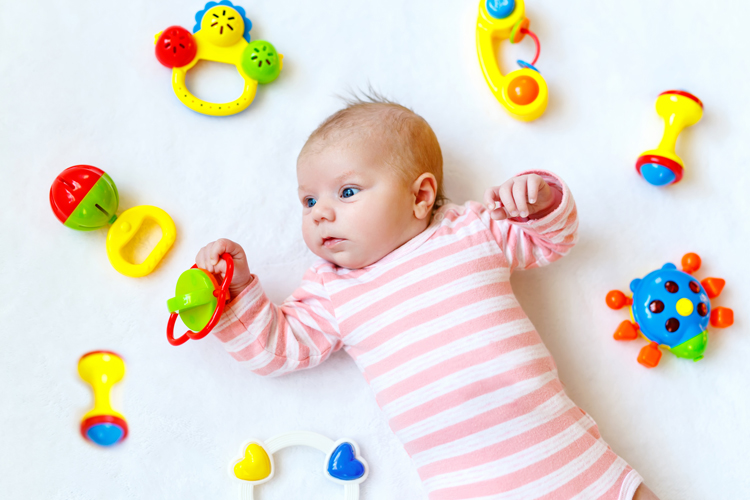 Points to consider when choosing toys for children
Points to consider when choosing toys for children
Children‘s toys should:
1. be safe
2. suit the child’s age
3. be easy to clean
4. have no metal or sharp edges that can injure the child.
5. be strong, durable and simple
6. not be boring to the child
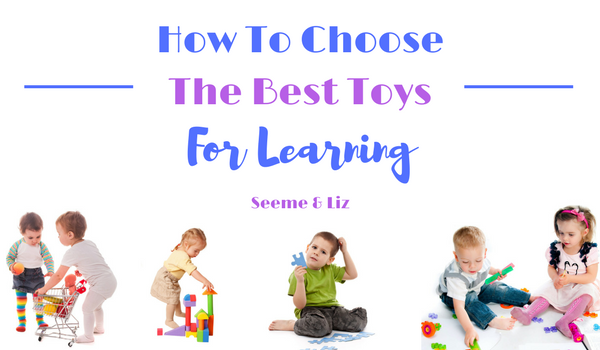
Evaluation:
1. State any four advantages of breast feeding a child.
2. State any four disadvantages of bottle feeding a child.
3. List three points to consider in selecting baby’s clothes.
4. Outline four uses of toys
Reading Assignment:
Home Economics New Concepts for Nigerian Jnr. Secondary Schools Book 3. Popoola o. o. (Mrs.) Pgs.121-129.
LESSON 24
COMMON CHILDHOOD AILMENTS AND IMMUNIZATION.
COMMON AILMENTS IN CHILDREN:
1.
Colic is caused by cramps in the intestines of the baby. It causes the baby real discomfort or pains. It is common during the first 3 to 4 months.
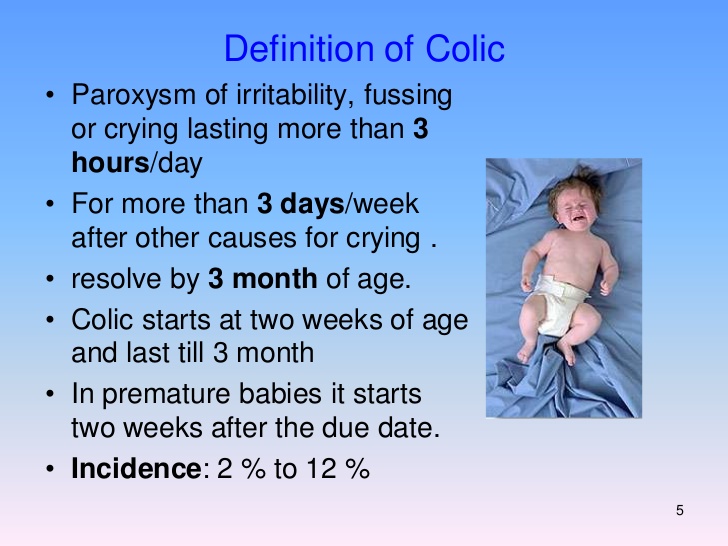
2.
Constipation involves the passing of hard stool at long intervals or not passing it all. Constipation could be common with bottle-fed babies.
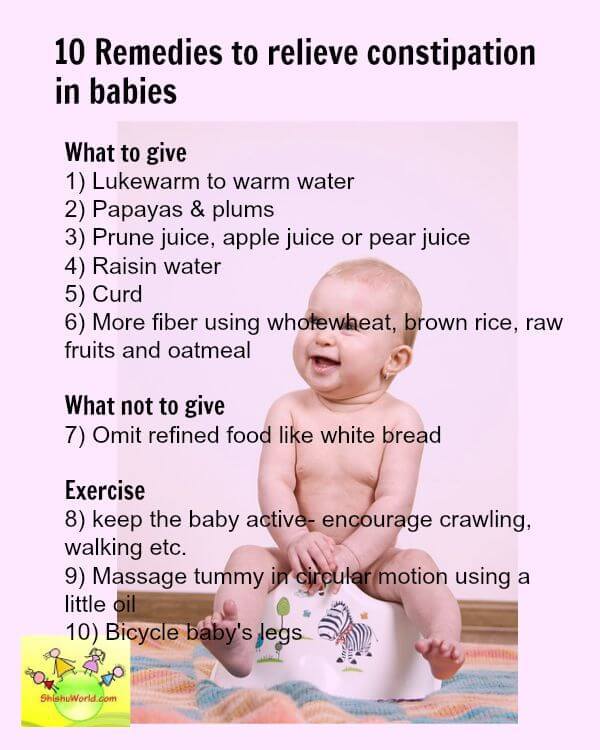 Treatment
Treatment
i. Give the child extra water to drink.
ii. Add very small sugar or glucose to his feed.
iii. Serious cases should be taken to doctor.
3.
Diarrhoea is a sudden increase in the number of bowel movement, especially if they are loose and watery.
 Causes are unsuitable diet, overfeeding and infection or disease.
Causes are unsuitable diet, overfeeding and infection or disease.
Treatment
i. Give oral Rehydration Therapy (O.R.T) after each stool.
(ORT = 1 level tsp of salt + 10 level tsp of sugar + ½ litre of boiled water)
ii. See the doctor if it persists.
4.
Nappy Rash – it occurs when a child has rashes in the nappy area. It could be caused by using dirty napkins, leaving soiled napkin on the baby and improper rinsing of baby’s napkin after washing.

Treatment
i. Keep the areas clean.
ii. Expose the area until rashes disappear.
iii. Apply special nappy rash lotions or ointment.
Immunization
It prevents children against diseases. It is administered to protect children from 0-2 years old. Immunization is given to children in infant welfare clinics, immunization centres and hospitals.
1. B. C.G – vaccine protects the body against tuberculosis.
2. Triple vaccine (D.T.P) – mixture of three vaccines- the tetanus, whooping cough and diphtheria vaccines.
3. Polio vaccine – for protection against polio.
4. Smallpox vaccine- to protect against smallpox.
5. Measles – to protect against measles
6. Quadruple vaccine – mixture of four vaccines – diphtheria, tetanus, whooping cough and polio vaccines.
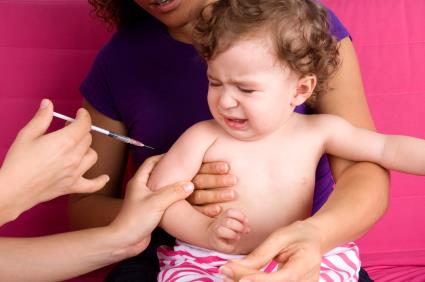 Time - Immunization
Time - Immunization
1. At birth - B. C.G.
2. At 2 months – first dose of D.T.P, first dose of polio vaccine.
3. At 3 month – second dose of D.T.P, second dose of polio vaccine.
4. At 4 months – third dose of D. T.P, third dose of polio vaccine.
5. At 9 months – measles vaccine.
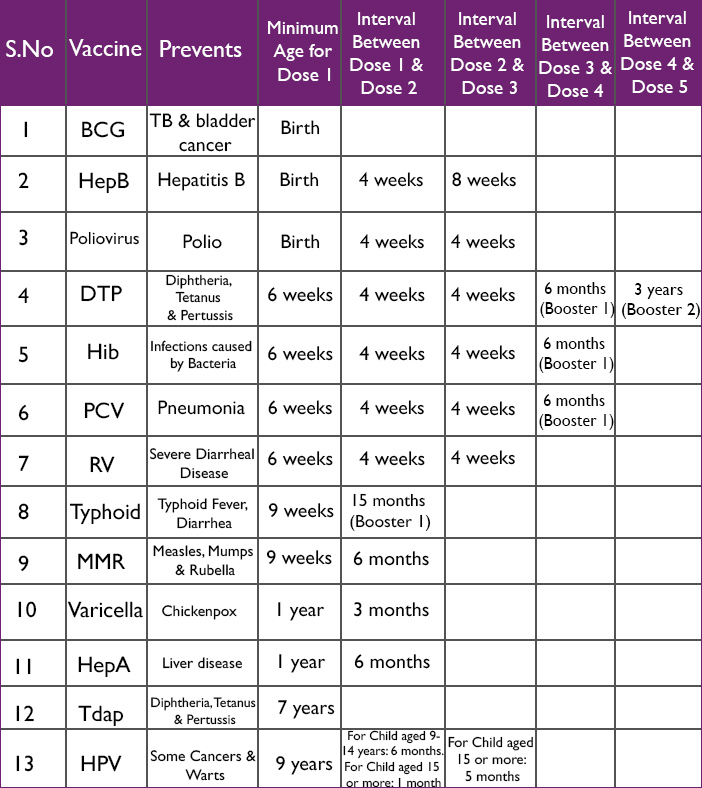
Evaluation:
1. State four common ailments in children.
2. Define immunization
3. Briefly describe how O.R.T. can be prepared.
4. State the full meaning of O.R.T.
Assignment:
1. ………. Feeding is the natural way to feed a baby
(a) Bottle (b) breast (c) artificial (d) regular (e) constant
2. The first milk produced by a nursing mother is called
(a) Yellow milk (b) colostrums (c) artificial (d) constant
3. Constipation is common with …………. Babies.
(a) Breast – fed (b) bottle-fed (c) well- fed (d) angry (e) hungry
4. Which of the following contains important antibodies needed by baby?
(a) Cow milk (b) baby’s milk (c) feeding unit (d) breast milk (e) artificial milk
5. The process of introducing a baby gradually to foods other than milk is called………….
(a) Weaving (b) feeding (c)wining (d) warning (e) weaning
6. For the first six months of age ………….. is adequate source of nourishment for a baby.
(a) Pure water (b) white milk (c) breast milk (d) bottled milk (e) artificial milk.
7. Baby’s skin is delicate, it should not be allowed to get
(a) Complex (b) dirty (c) simple (d) hard (e) clean
8. The baby requires good clothes for all except one of the following.
(a) Protection (b) warmth (c) comfort (d) appearance (e) height
9. Baby‘s clothes should not be……………..
(a) Washed (b) ironed (c) starched (d) dried (e) rinsed
10. ……………. Prevents children from disease
(a) Sun (b) air (c) warmth (d) love (e) immunization
11. One of the following is a mixture of three vaccines.
(a) Polio vaccine (b) smallpox vaccine (c) quadruple vaccine (d) triple/DTP vaccine (e) B.C.G. vaccine
12. Which of the following protects children against tuberculosis?
(a) B.C.G. vaccine (b) Immunization (c) quadruple vaccine (d) triple/DTP vaccine (e) smallpox vaccine.
13. Which of the following immunization should be given at birth?
(a) B. C. G. vaccine (b) D.T.P vaccine (c) Triple vaccine (d) smallpox (e) quadruple vaccine.
14. Oral Rehydration Therapy (O.R.T.) is used for the treatment of
(a) Fever (b) constipation (c) colic (d) malaria (e) diarrhea.
